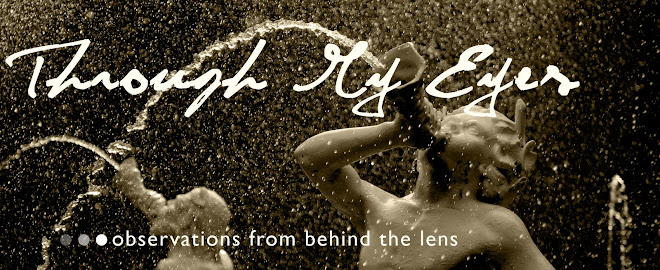Photographing lightning during the day is a matter of skill, reflexes, and largely luck. Using a few easy techniques for night photography elinimates a lot of the need for luck, leaving only a little skill.
To take great night lighting photos, you'll need the following:
- A good thunderstorm (Hey, a little luck will always be needed)
- A tripod
- A shutter release cable
- A DSLR/SLR with a "bulb" shutter speed setting.
My greatest challenge in capturing this image was the full moon over my left shoulder. With a fairly long time between strikes as the storm dissipated out over the ocean, my shutter was open for a pretty long time.This particular shot was 65 seconds at f5. While the distance of the lightning called for a fairly wide open apeture, the moonlight on the clouds caused a very overexposed image. Again, a bit of trail and error fixed the problem. And as an added bonus, the moonlight helped make a nice composition out of the foliage near the beach in the foreground.
This technique works best with minimal light polution, so the shooting location on an isolated island was ideal. If all else fails, it's an excellent excuse to seek a secluded location while waiting for the right thunderstorm to come your way.





No comments:
Post a Comment